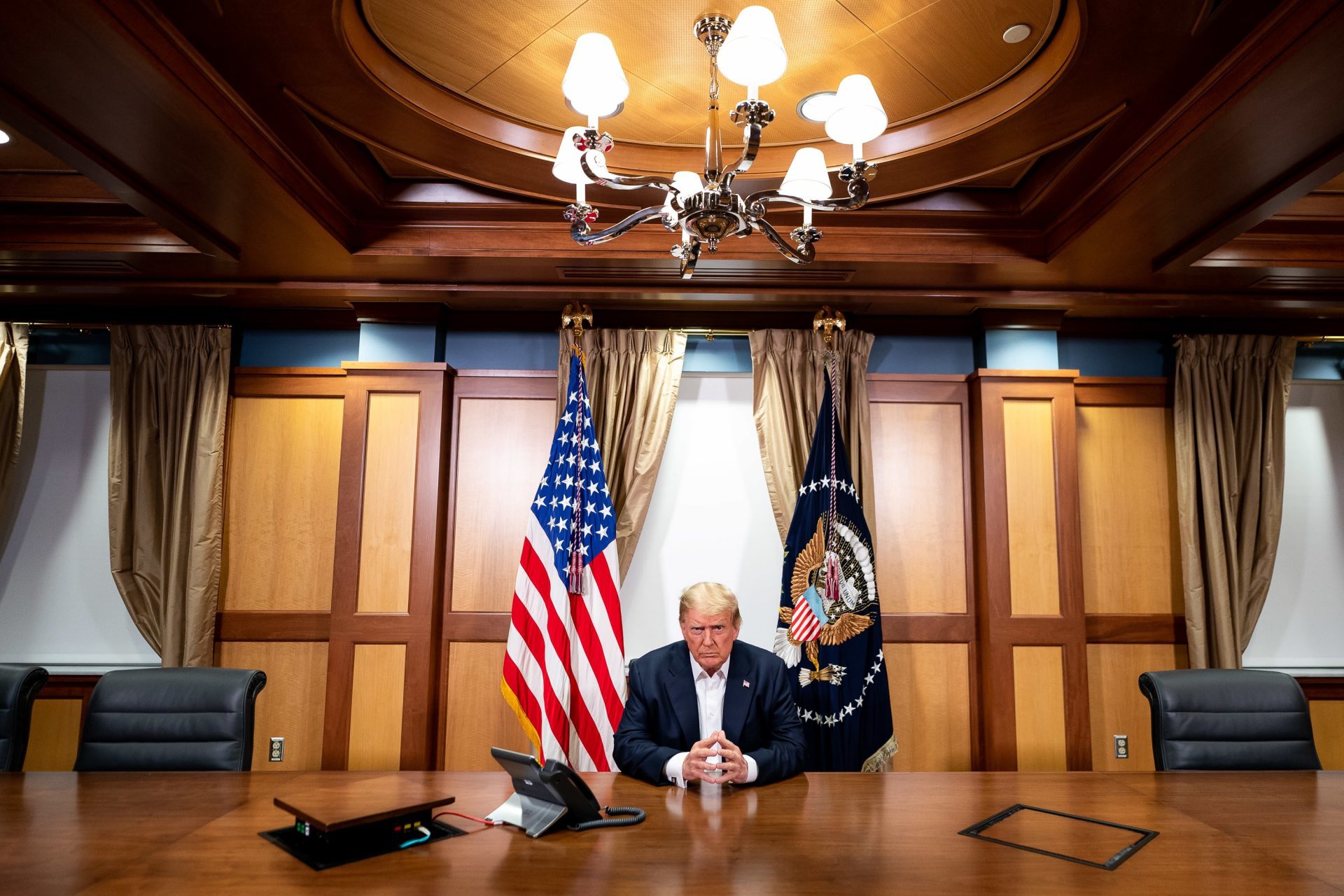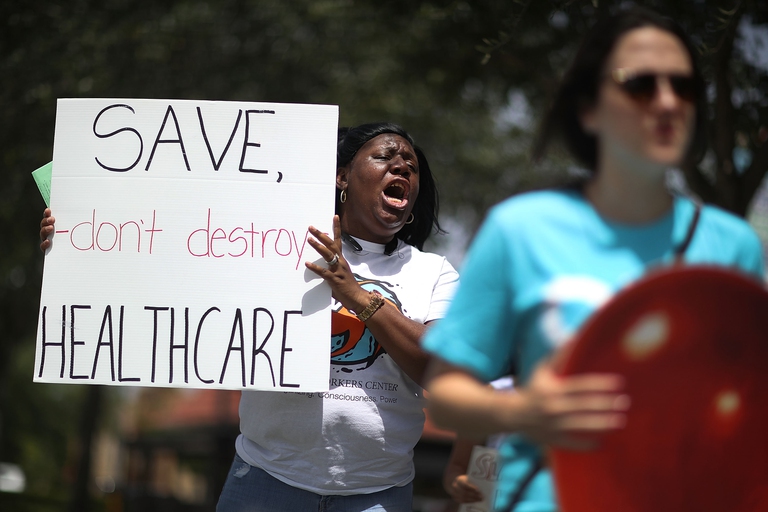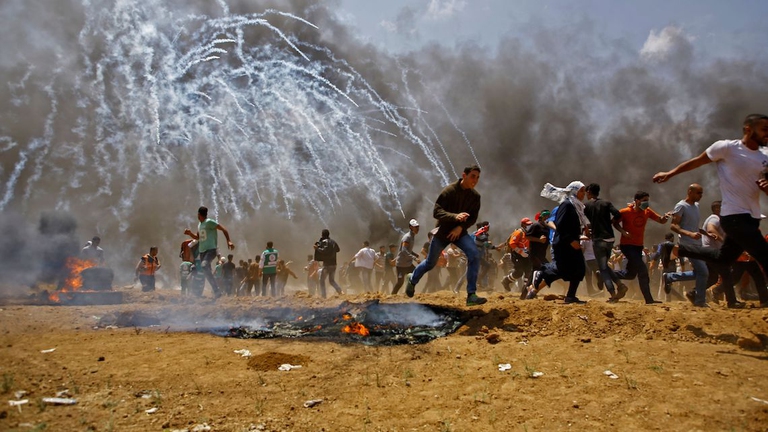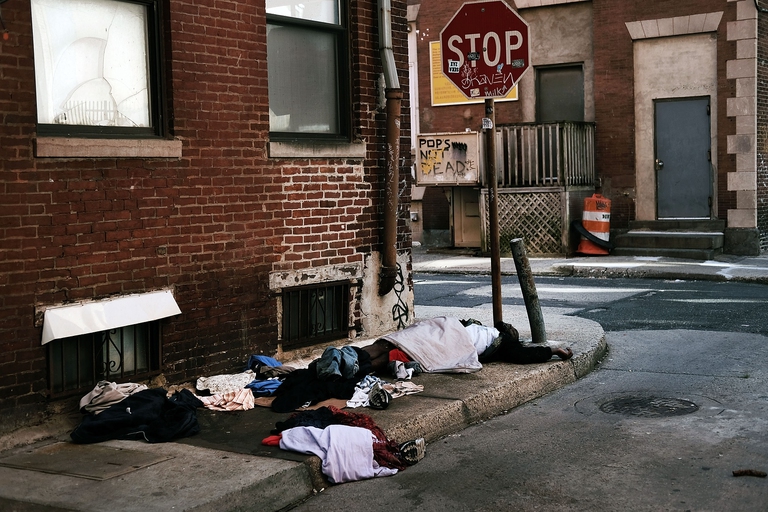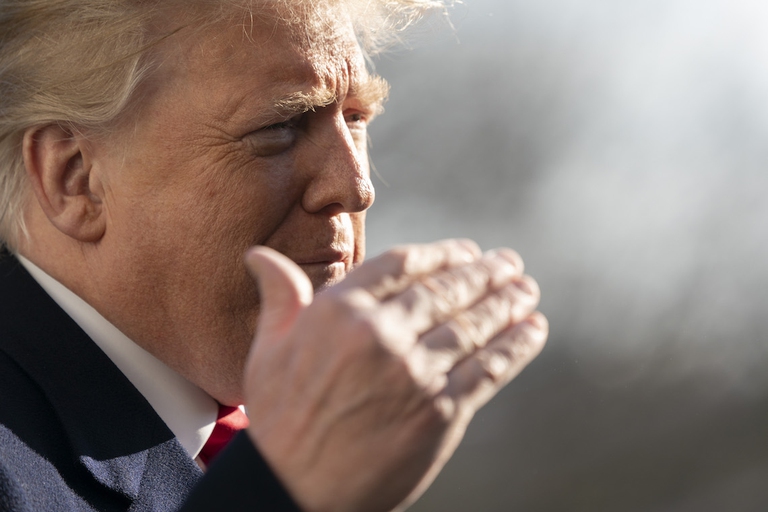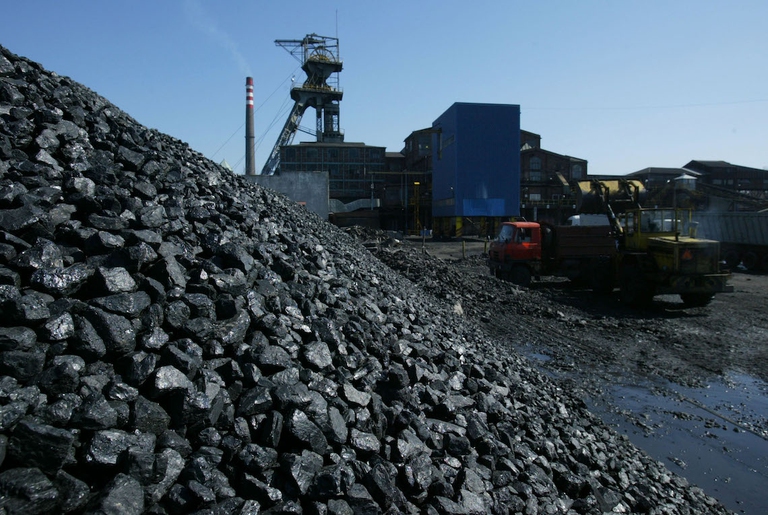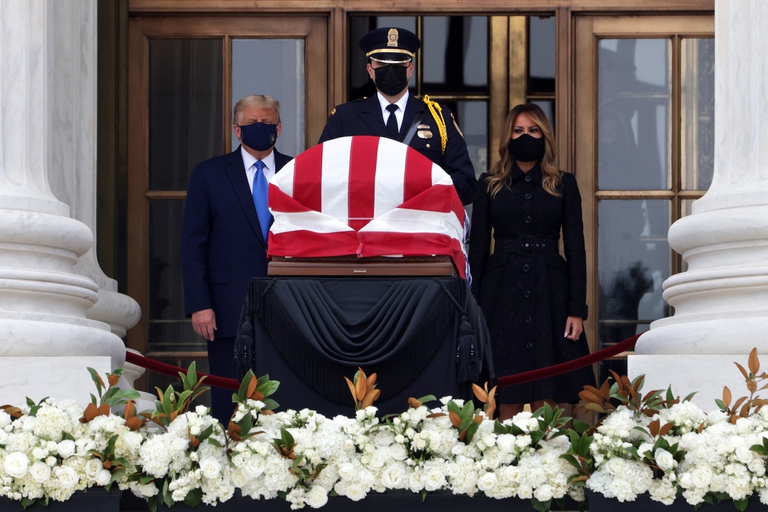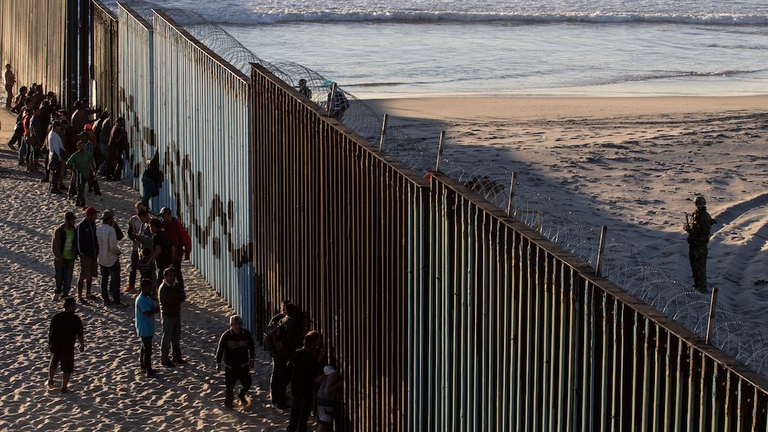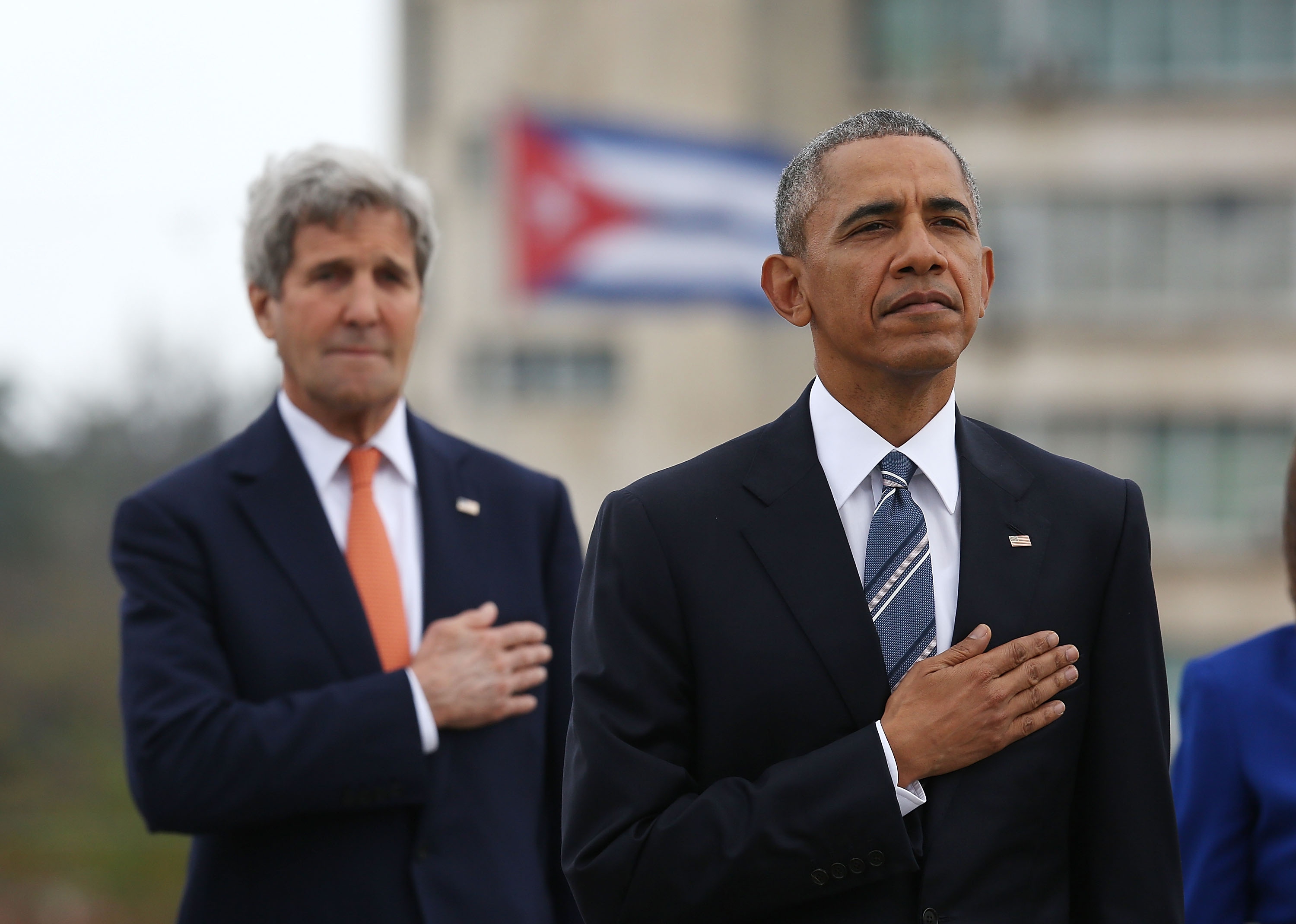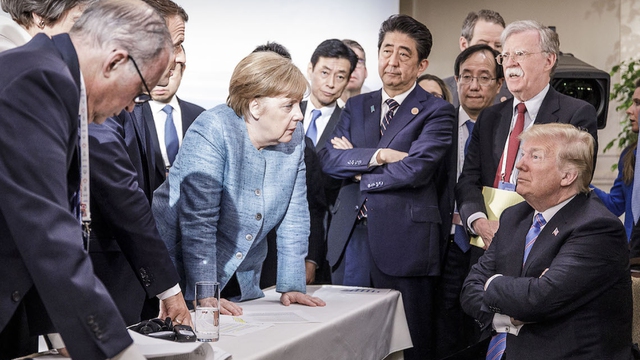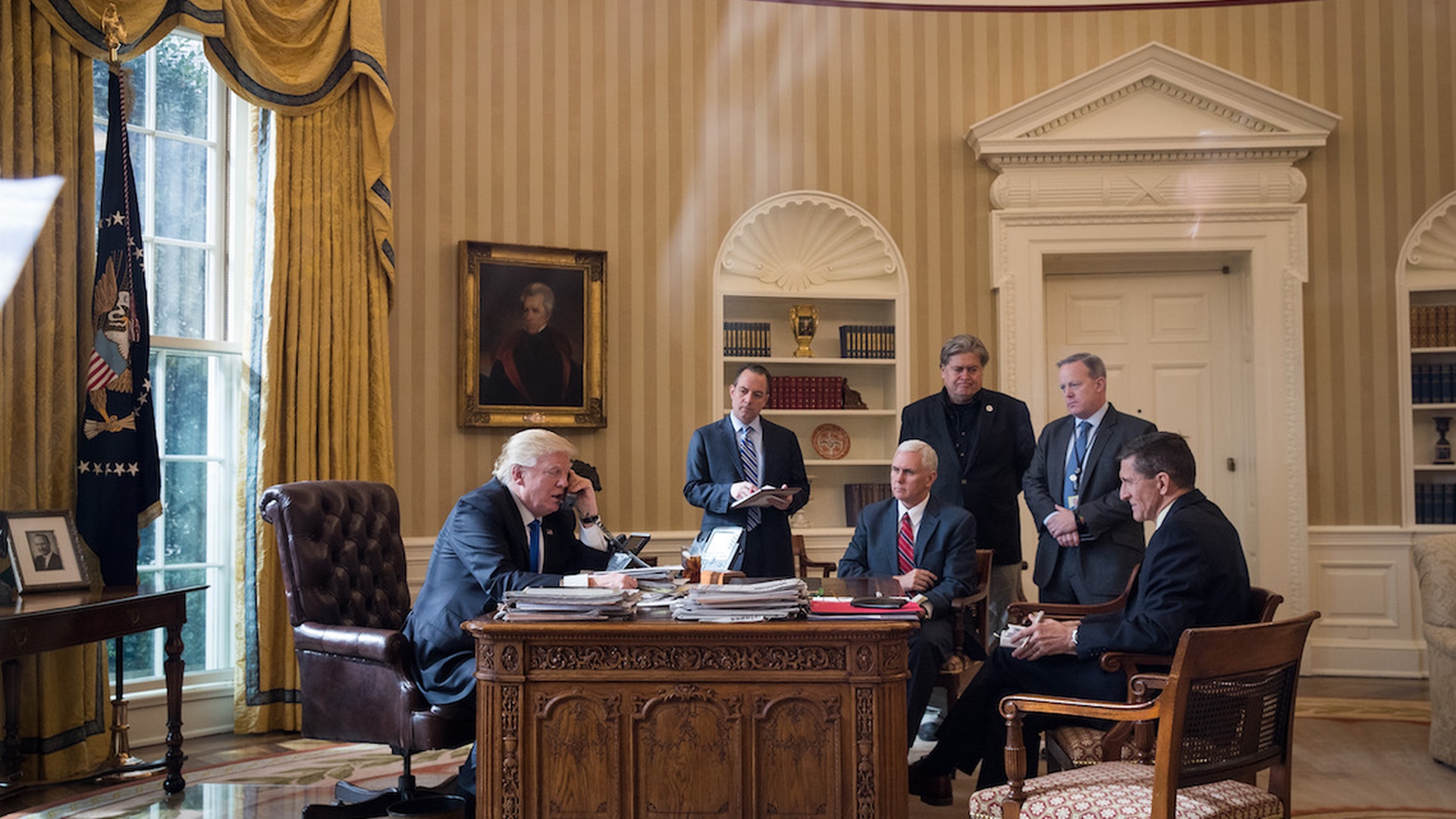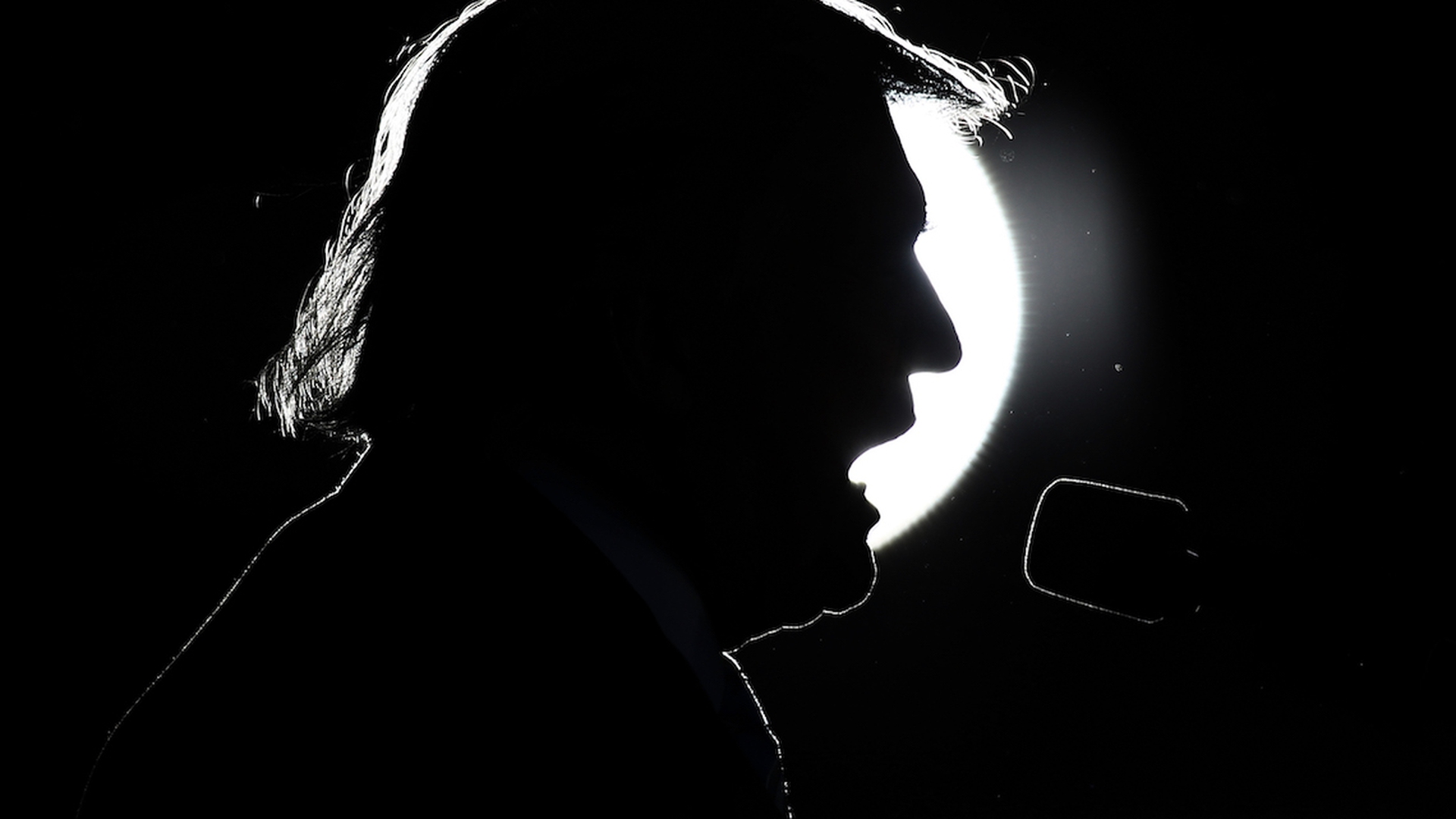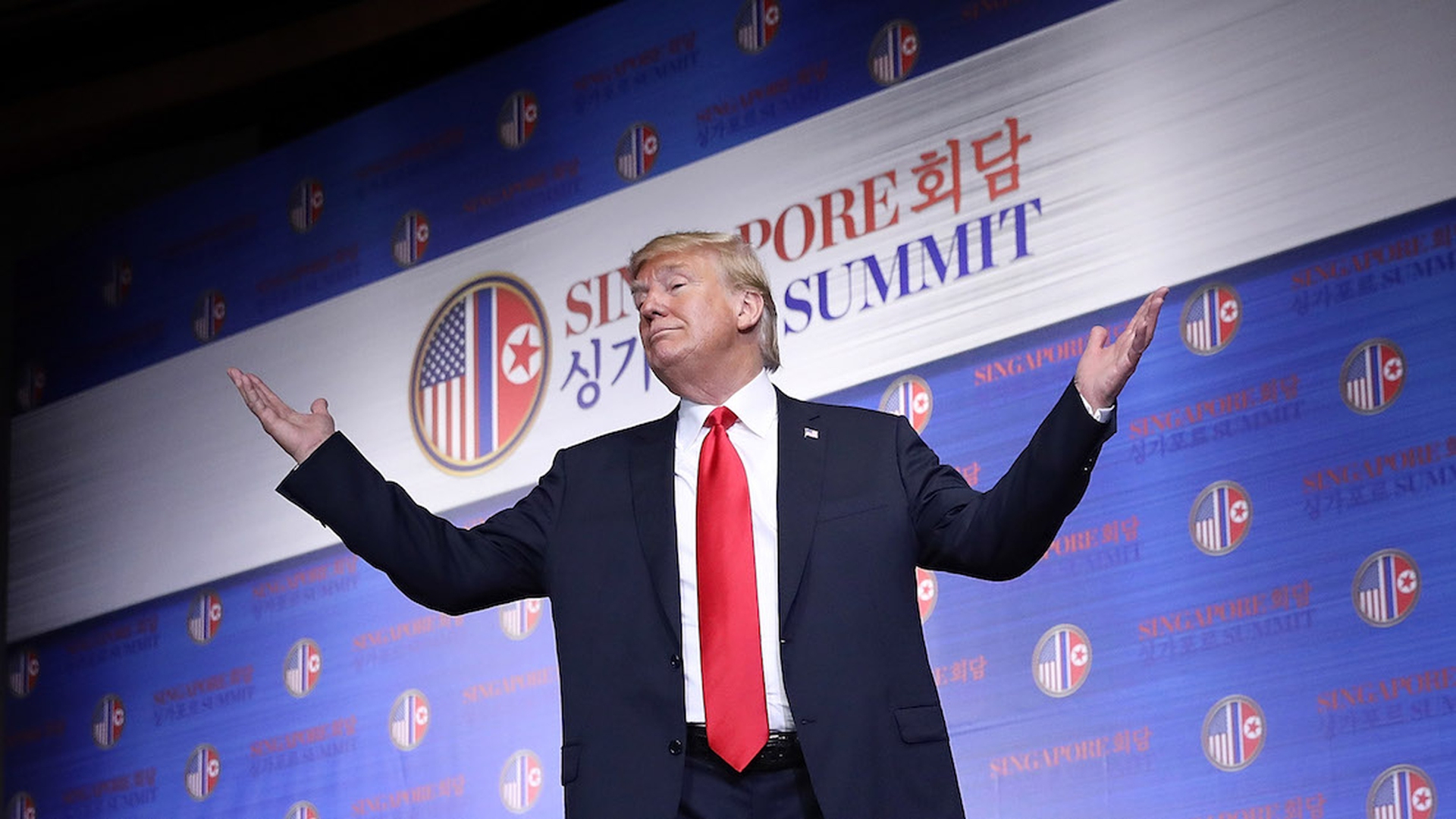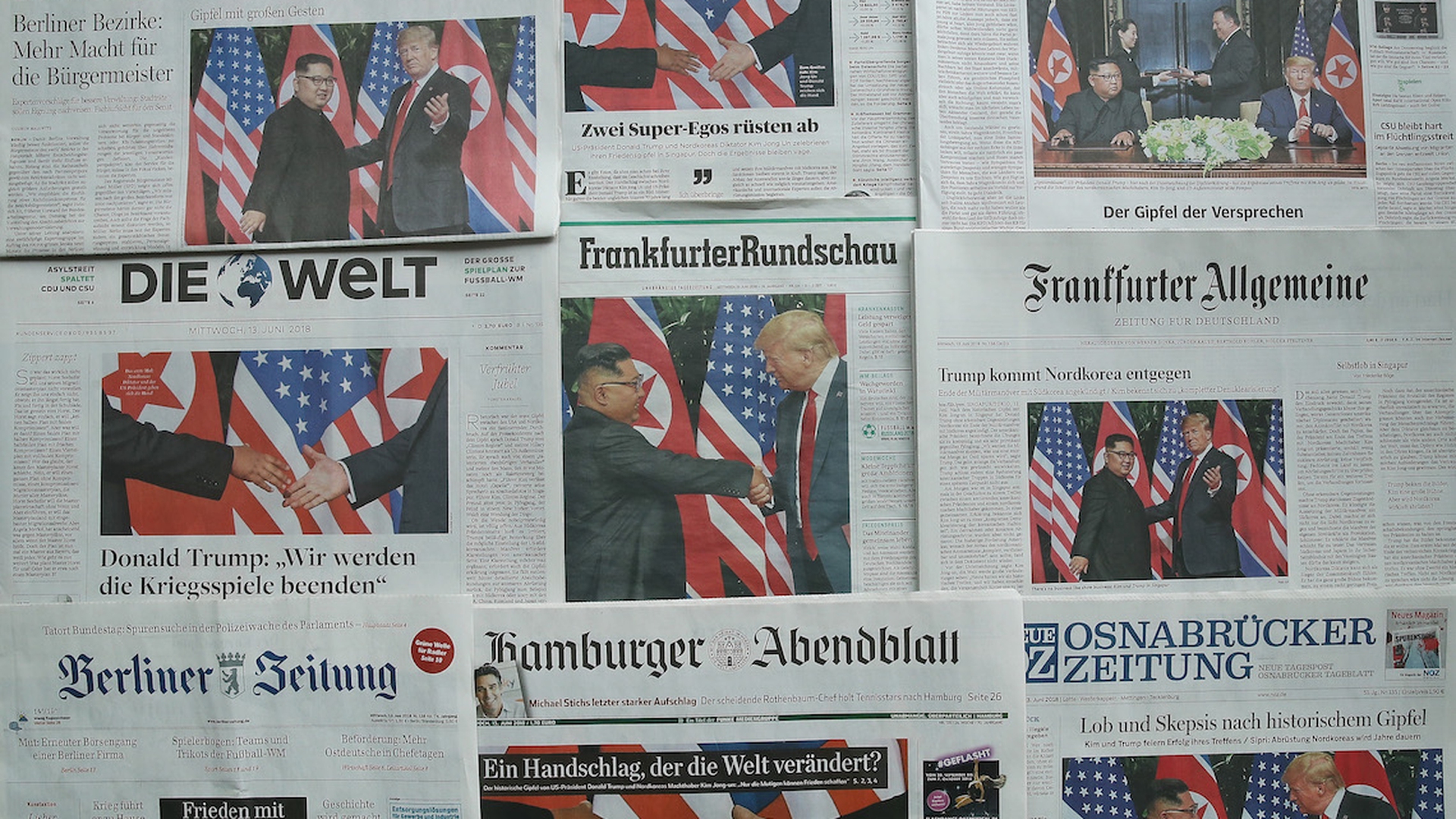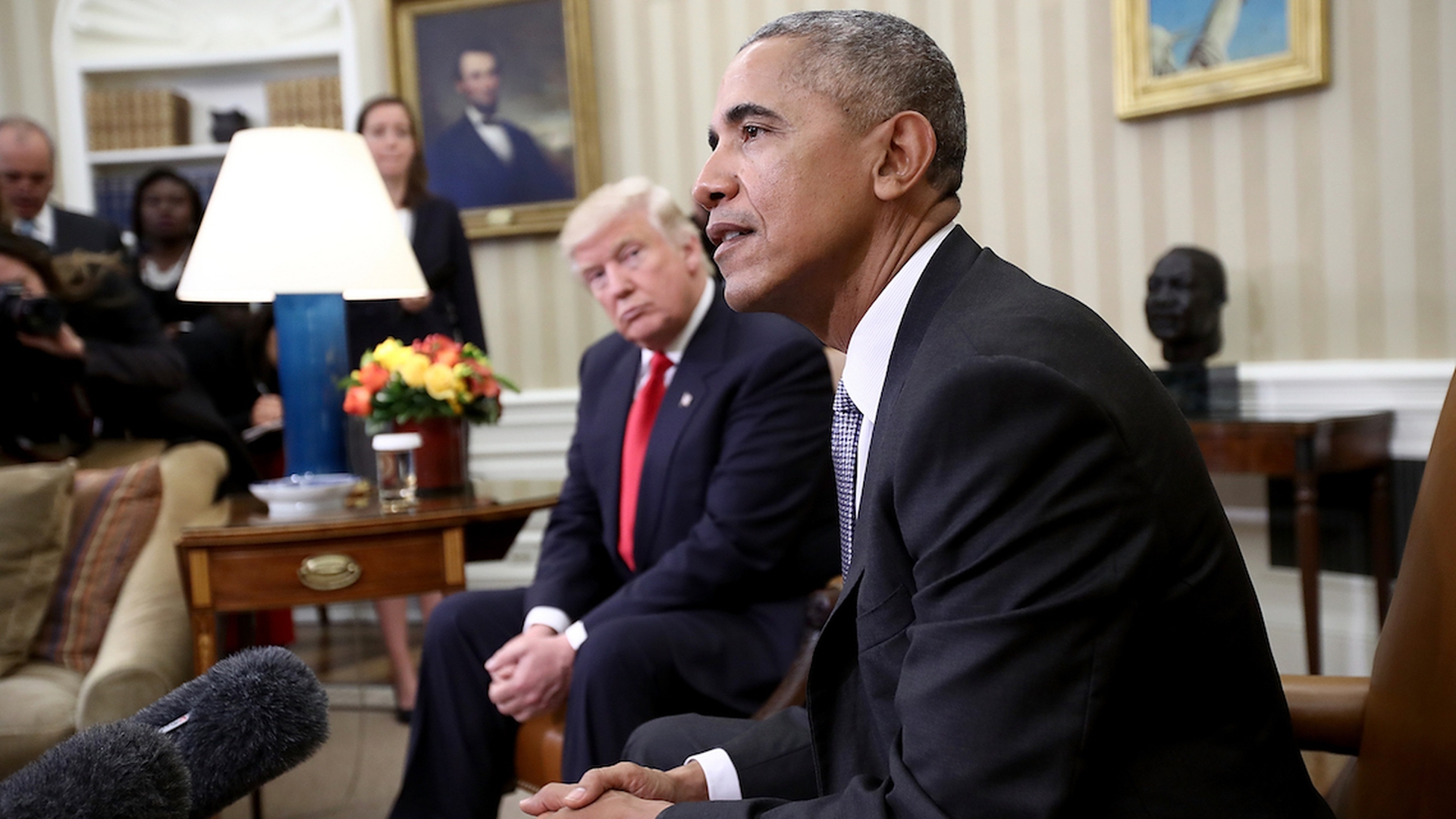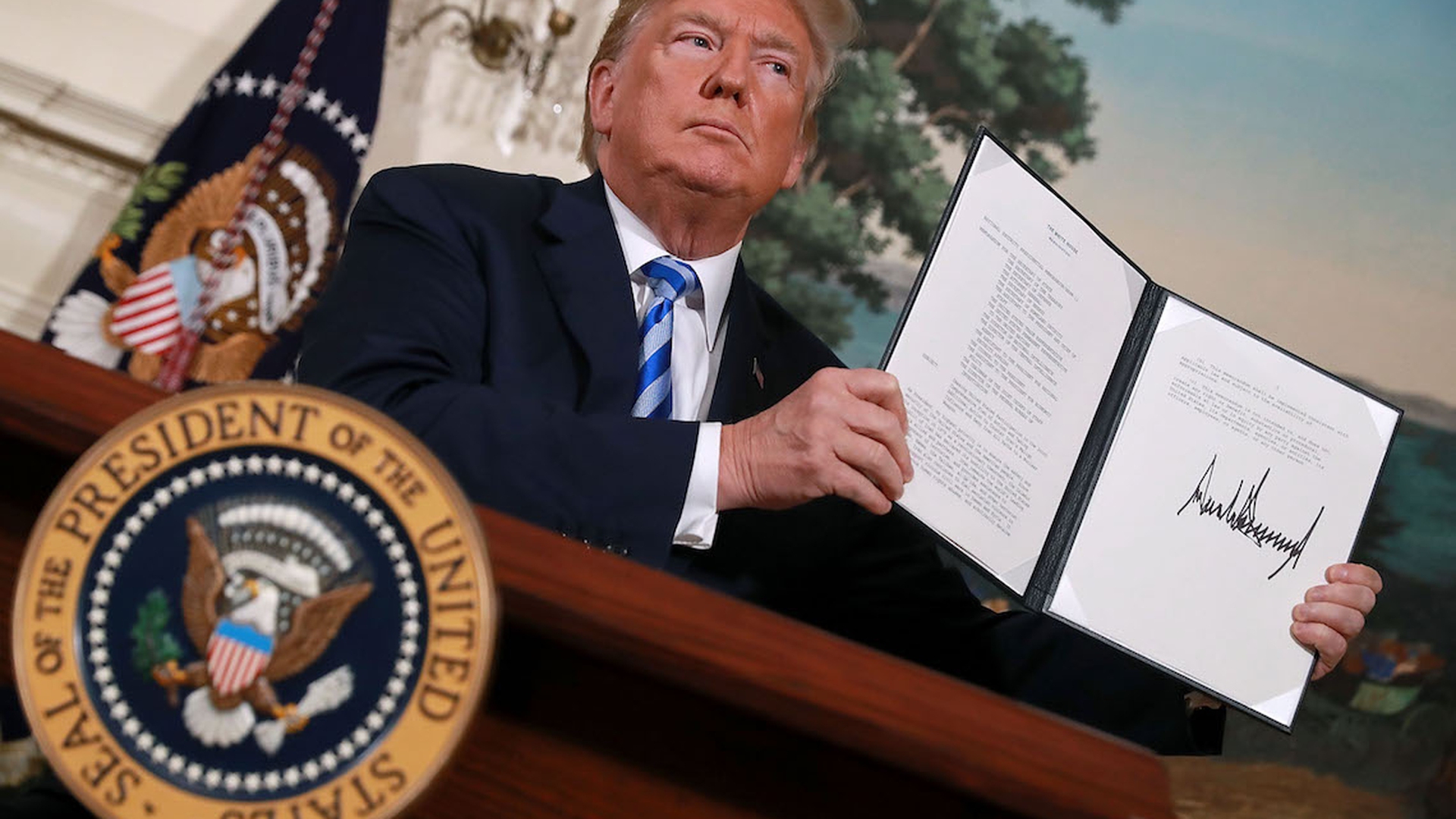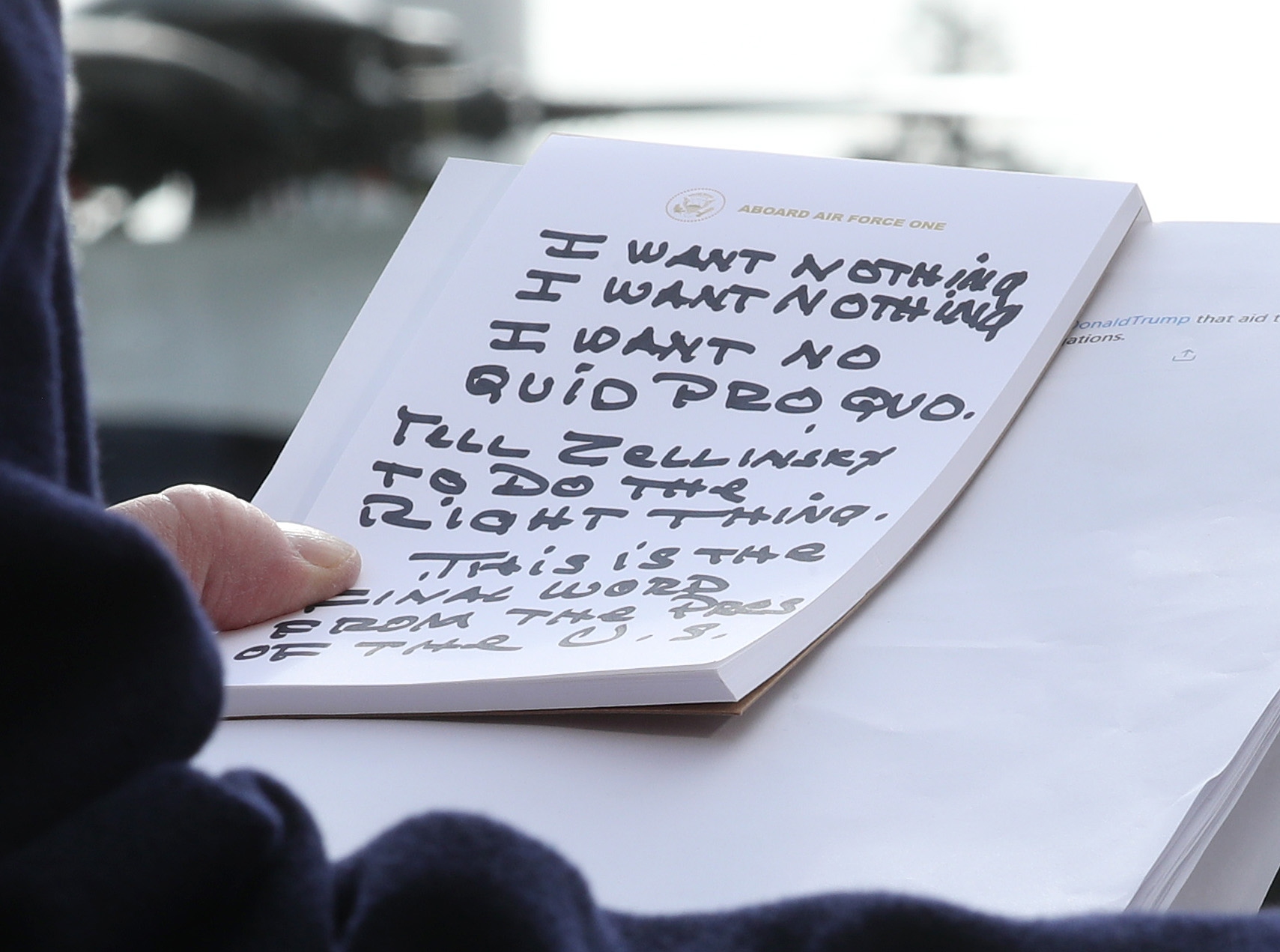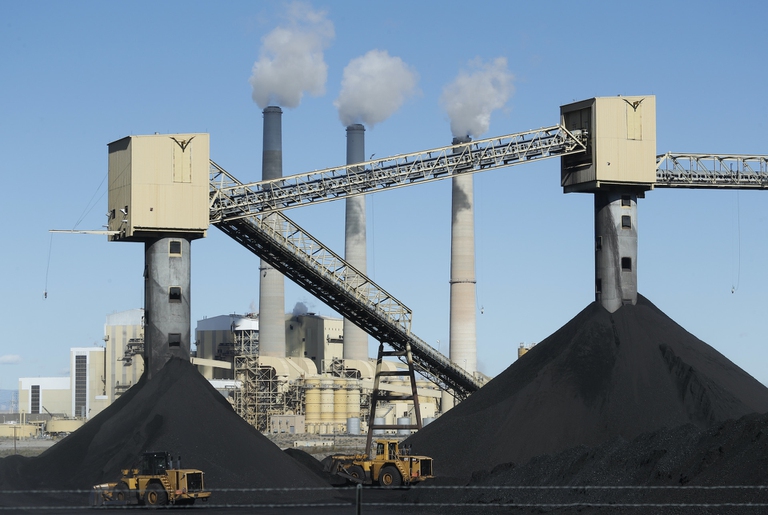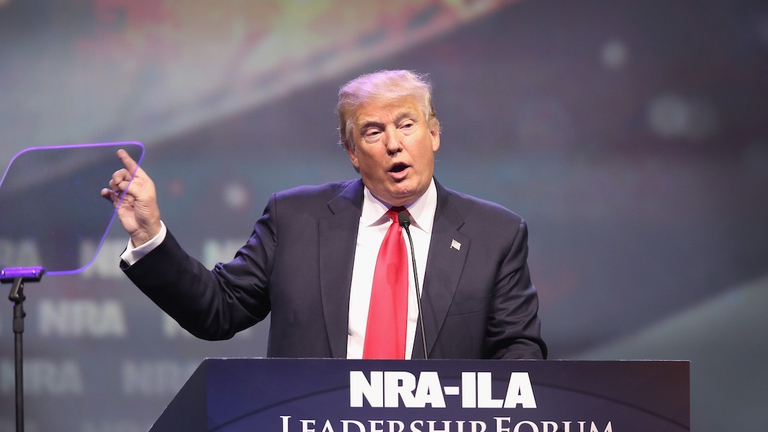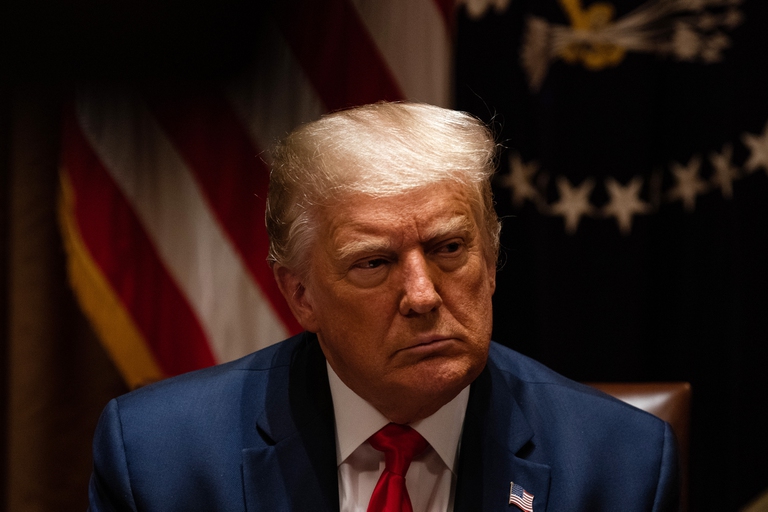BREAKING: Today, the Trump admin. will begin the formal process of recklessly withdrawing the United States from the Paris Agreement.
— NRDC 🌎🏡 (@NRDC) November 4, 2019
This is a dangerous decision. If it stands, it will isolate and hurt America. https://t.co/jtClRVPNj3
Focus – The economy under Trumpism
When Donald Trump took office, the unemployment rate in the US was at 4.7 per cent.
The rate fell steadily throughout Trump’s presidency, reaching its lowest point in 50 years, 3.5 per cent, in September 2019 before the onset of the coronavirus crisis.
With the arrival of the pandemic, unemployment began to rise at pace, reaching a high of 14.7 per cent. It then fell to 7.9 per cent in September and 6.9 per cent in October.
In 2016, the last year of the Obama presidency, economic growth in the US stood at 1.6 per cent.
The following year, it reached 2.3 per cent.
In 2018, the US economy accelerated further, hitting a 2.9 per cent growth rate. This fell back to 2.3 per cent in 2019.
The 2017 tax bill significantly reduced taxes on higher-income groups and lowered business taxes from 35 to 21 per cent.
These measures undoubtedly supported growth, but they also led the deficit to increase by 26 per cent compared to the previous year, coming close to a trillion dollars.
Due to the crisis management measures required during the pandemic, the deficit tripled in 2020, passing three trillion dollars. Consequently, public debt increased to almost 27 trillion dollars.

